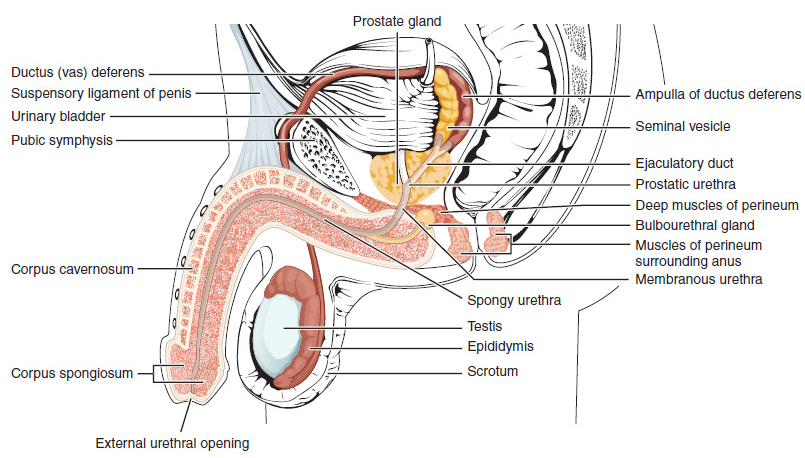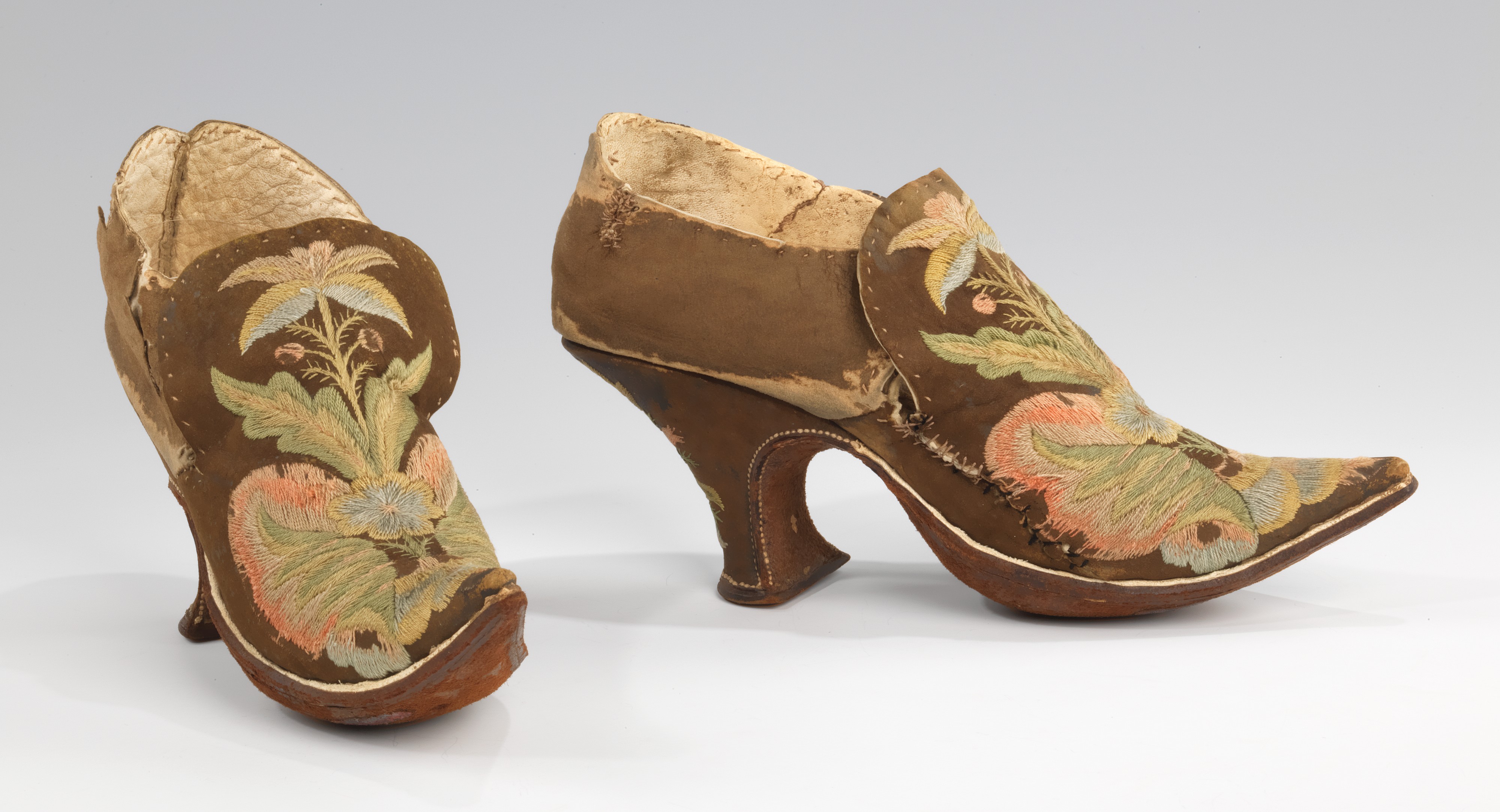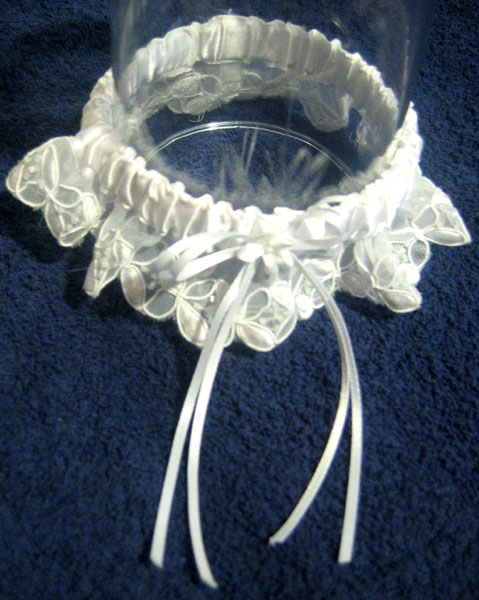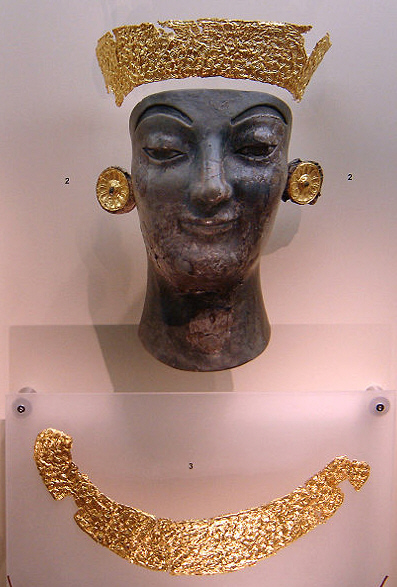|
Bruno Zach
Bruno Zach (6 May 1891 – 20 February 1935) was an Austrian art deco sculptor of Ukrainian birth who worked in the early-to-mid 20th century. His output included a wide repertoire of genre subjects, however he is best known for his erotic sculptures of young women. Early life Bruno Zach was born in Zhytomyr, Ukraine, on 6 May 1891. He emigrated to Austria as a young man and studied at the Vienna Academy under sculptors Hans Bitterlich (1860–1949) and Josef Müllner (1879–1968). His styles included Art Deco, Art Nouveau, sporting, and orientalism. His oeuvre would generally be considered decorative if not for his success in producing erotic sculpture. Career Zach became a prolific creator of sculptures featuring tall, athletic, dominating women in bronze and ivory, the combination of the two in art casting sometimes being referred to as “chryselephantine”. He most often signed as "B. Zach" or "Bruno Zach", however a number of his pieces were signed with his pseudon ... [...More Info...] [...Related Items...] OR: [Wikipedia] [Google] [Baidu] |
Borzoi
The Borzoi or Russian Hunting Sighthound is a Russian breed of hunting dog of sighthound type. It was formerly used for wolf hunting; until 1936, the breed was known as the Russian Wolfhound. Etymology The system by which Russians over the ages named their sighthounds was a series of descriptive terms rather than actual names. is the masculine singular form of an archaic Russian adjective that means 'fast'. ('fast dog') is the basic term for sighthounds used by Russians, though is usually dropped. The name derived from the word , which means 'wavy, silky coat', just as (as in hortaya borzaya) means shorthaired. In modern Russian, the breed commonly called the Borzoi is officially known as . Other Russian sighthound breeds are (from the steppe), called ; and (from the Crimea), called . History The Borzoi originated in the sixteenth century Russia by crossing Saluki and European sighthounds with thick-coated Russian breeds. The Borzoi was popular with the Tsars ... [...More Info...] [...Related Items...] OR: [Wikipedia] [Google] [Baidu] |
Orientalism
In art history, literature, and cultural studies, Orientalism is the imitation or depiction of aspects of the Eastern world (or "Orient") by writers, designers, and artists from the Western world. Orientalist painting, particularly of the Middle East, was one of the many specialties of 19th-century academic art, and Western literature was influenced by a similar interest in Oriental themes. Since the publication of Edward Said's ''Orientalism (book), Orientalism'' in 1978, much academic discourse has begun to use the term 'Orientalism' to refer to a general patronizing Western attitude towards Middle Eastern, Asian, and North African societies. In Said's analysis, 'the West' Essentialism, essentializes these societies as static and undeveloped—thereby fabricating a view of Oriental culture that can be studied, depicted, and reproduced in the service of Imperialism, imperial power. Implicit in this fabrication, writes Said, is the idea that Western society is developed, rational, ... [...More Info...] [...Related Items...] OR: [Wikipedia] [Google] [Baidu] |
Human Penis
In Human body, human anatomy, the penis (; : penises or penes; from the Latin ''pēnis'', initially 'tail') is an external sex organ (intromittent organ) through which males urination, urinate and ejaculation, ejaculate, as Penis, on other animals. Together with the testes and surrounding structures, the penis functions as part of the male reproductive system. The main parts of the penis are the Root of penis, root, Body of penis, body, the epithelium of the penis, including the shaft skin, and the foreskin covering the glans penis, glans. The body of the penis is made up of three columns of tissue (biology), tissue: two Corpus cavernosum penis, corpora cavernosa on the dorsal side and corpus spongiosum penis, corpus spongiosum between them on the ventral side. The Urethra#Male, urethra passes through the prostate gland, where it is joined by the ejaculatory ducts, and then through the penis. The urethra goes across the corpus spongiosum and ends at the tip of the glans as the o ... [...More Info...] [...Related Items...] OR: [Wikipedia] [Google] [Baidu] |
Knightsbridge
Knightsbridge is a residential and retail district in central London, south of Hyde Park, London, Hyde Park. It is identified in the London Plan as one of two international retail centres in London, alongside the West End of London, West End. Knightsbridge is also the name of the roadway which runs near the south side of Hyde Park from Hyde Park Corner. Knightsbridge is an affluent district in London with a rich history and high property prices. The name has Old English origins, meaning "bridge of the young men or retainers." The area was initially divided between local authorities and has been home to several parishes. Knightsbridge has been associated with exclusive shops including Harrods, Harrod’s and Harvey Nichols, banks catering to wealthy individuals, renowned restaurants, and high-end salons. Property prices in the district are among the highest in the world, with the most expensive apartment at One Hyde Park selling for £100 million in 2007. Knightsbridge is loca ... [...More Info...] [...Related Items...] OR: [Wikipedia] [Google] [Baidu] |
Bonhams
Bonhams is a privately owned international auction house and one of the world's oldest and largest auctioneers of fine art and antiques. It was formed by the merger in November 2001 of Bonhams & Brooks and Phillips Son & Neale. This brought together two of the four surviving Georgian auction houses in London, Bonhams having been founded in 1793, and Phillips in 1796 by Harry Phillips, formerly a senior clerk to James Christie. Today, the amalgamated business handles art and antiques auctions. Bonhams operates two salerooms in London—the former Phillips saleroom at 101 New Bond Street, and the old Bonham's saleroom at the Montpelier Galleries in Montpelier Street, Knightsbridge—with a saleroom in Edinburgh Edinburgh is the capital city of Scotland and one of its 32 Council areas of Scotland, council areas. The city is located in southeast Scotland and is bounded to the north by the Firth of Forth and to the south by the Pentland Hills. Edinburgh .... Sales are al ... [...More Info...] [...Related Items...] OR: [Wikipedia] [Google] [Baidu] |
The Riding Crop (sculpture)
''The'' is a grammatical article in English, denoting nouns that are already or about to be mentioned, under discussion, implied or otherwise presumed familiar to listeners, readers, or speakers. It is the definite article in English. ''The'' is the most frequently used word in the English language; studies and analyses of texts have found it to account for seven percent of all printed English-language words. It is derived from gendered articles in Old English which combined in Middle English and now has a single form used with nouns of any gender. The word can be used with both singular and plural nouns, and with a noun that starts with any letter. This is different from many other languages, which have different forms of the definite article for different genders or numbers. Pronunciation In most dialects, "the" is pronounced as (with the voiced dental fricative followed by a schwa) when followed by a consonant sound, and as (homophone of the archaic pronoun ''thee' ... [...More Info...] [...Related Items...] OR: [Wikipedia] [Google] [Baidu] |
Sado-masochistic
Sadism () and masochism (), known collectively as sadomasochism ( ) or S&M, is the derivation of pleasure from acts of respectively inflicting or receiving pain or humiliation. The term is named after the Marquis de Sade, a French author known for his violent and libertine works and lifestyle, and Leopold von Sacher-Masoch, an Austrian author who described masochistic tendencies in his works. Though sadomasochistic behaviours and desires do not necessarily need to be linked to sex, sadomasochism is also a definitive feature of consensual BDSM relationships. Etymology and definition The word ''sadomasochism'' is a portmanteau of the words sadism and masochism. These terms originate from the names of two authors whose works explored situations in which individuals experienced or inflicted pain or humiliation. ''Sadism'' is named after Marquis de Sade (1740–1814), whose major works include graphic descriptions of violent sex acts, rape, torture, and murder, and whose char ... [...More Info...] [...Related Items...] OR: [Wikipedia] [Google] [Baidu] |
High Heels
High-heeled shoes, also known as high heels (colloquially shortened to heels), are a type of shoe with an upward-angled sole. The heel in such shoes is raised above the ball of the foot. High heels cause the legs to appear longer, make the wearer appear taller, and accentuate the calf muscle. There are many types of high heels in varying styles, heights, and materials. High heels have been used in various ways to convey nationality, professional affiliation, gender, and social status. High heels have been an important statement piece of fashion for centuries in the West. High heels spread from equestrian origins with the 10th century Persian galesh to wider fashion use. In early 17th-century Europe, high heels were a sign of masculinity and high social status. Towards the end of the century, the trend began to spread to women's fashion. By the 18th century, high-heeled shoes had split along gender lines. By this time, heels for men were chunky squares attached to riding boo ... [...More Info...] [...Related Items...] OR: [Wikipedia] [Google] [Baidu] |
Garters
A garter is an article of clothing comprising a narrow band of fabric fastened about the leg to keep up stockings. In the eighteenth to twentieth centuries, they were tied just below the knee, where the leg is most slender, to keep the stocking from slipping. The advent of elastic has made them less necessary from this functional standpoint, although they are still often worn for fashion. Garters have been widely worn by men and women, depending on fashion trends. Garters in fashion In Elizabethan fashions, men wore garters with their hose, and colourful garters were an object of display. In Shakespeare's ''Twelfth Night'', "cross braced" garters (a long garter tied above and below the knee and crossed between), as worn by the character Malvolio, are an object of some derision. In male fashion for much of the 20th century a type of garter for holding up socks was used as a part of male dress; it is considered somewhat archaic now. Use in wedding traditions There is a Western ... [...More Info...] [...Related Items...] OR: [Wikipedia] [Google] [Baidu] |
Erotica
Erotica is art, literature or photography that deals substantively with subject matter that is erotic, sexually stimulating or sexually arousing. Some critics regard pornography as a type of erotica, but many consider it to be different. Erotic art may use any artistic form to depict erotic content, including painting, sculpture, drama, film or music. Erotic literature and erotic photography have become genres in their own right. Erotica also exists in a number of subgenres including gay, lesbian, women's, monster, tentacle erotica and bondage erotica. The term ''erotica'' is derived from the feminine form of the ancient Greek adjective: (), from ()—words used to indicate lust, and sexual love. Curiosa are curiosities or rarities, especially unusual or erotic books. In the antiquarian book trade, pornographic works are often listed under "curiosa", "erotica" or " facetiae". History Erotica exists in many different forms, both modern and ancient. Erotic art ... [...More Info...] [...Related Items...] OR: [Wikipedia] [Google] [Baidu] |
Chryselephantine
Chryselephantine sculpture () is a sculpture made with gold and ivory. Chryselephantine cult statues enjoyed high status in Ancient Greece. Ancient examples Chryselephantine statues were built around a wooden frame with thin carved slabs of ivory attached, representing the flesh, and sheets of gold leaf representing the garments, armour, hair, and other details. In some cases, glass paste, glass, and precious and semi-precious stones were used for detail such as eyes, jewellery, and weaponry. The origins of the technique are obscure. There are known examples, from the 2nd millennium BC, of composite sculptures made of ivory and gold from areas that became part of the Greek world, most famously the so-called " Palaikastro Kouros" (not to be confused with the Archaic Kouros statues), from Minoan Palaikastro, BC. It is likely the only enshrined Minoan cult image that has survived. It is, however, not clear whether the Greek chryselephantine tradition is connected with t ... [...More Info...] [...Related Items...] OR: [Wikipedia] [Google] [Baidu] |
Ivory
Ivory is a hard, white material from the tusks (traditionally from elephants) and Tooth, teeth of animals, that consists mainly of dentine, one of the physical structures of teeth and tusks. The chemical structure of the teeth and tusks of mammals is the same, regardless of the species of origin, but ivory contains structures of mineralised collagen. The trade in certain teeth and tusks other than elephant is well established and widespread; therefore, "ivory" can correctly be used to describe any mammalian teeth or tusks of commercial interest which are large enough to be carved or scrimshawed. Besides natural ivory, ivory can also be produced synthetically, hence (unlike natural ivory) not requiring the retrieval of the material from animals. Tagua nuts can also be carved like ivory. The trade of finished goods of ivory products has its origins in the Indus Valley. Ivory is a main product that is seen in abundance and was used for trading in Harappan civilization. Finished iv ... [...More Info...] [...Related Items...] OR: [Wikipedia] [Google] [Baidu] |





